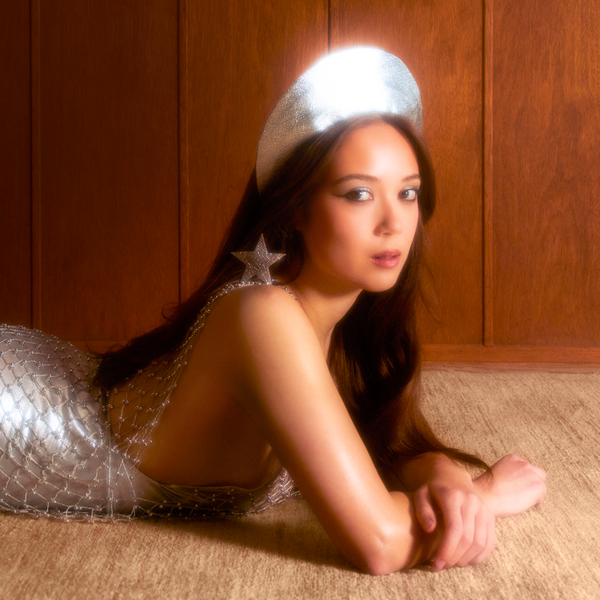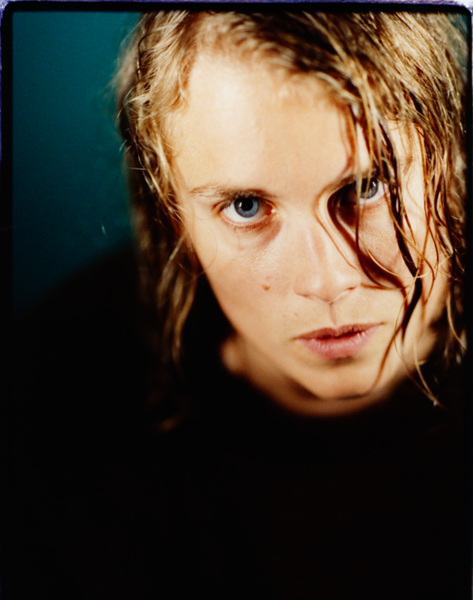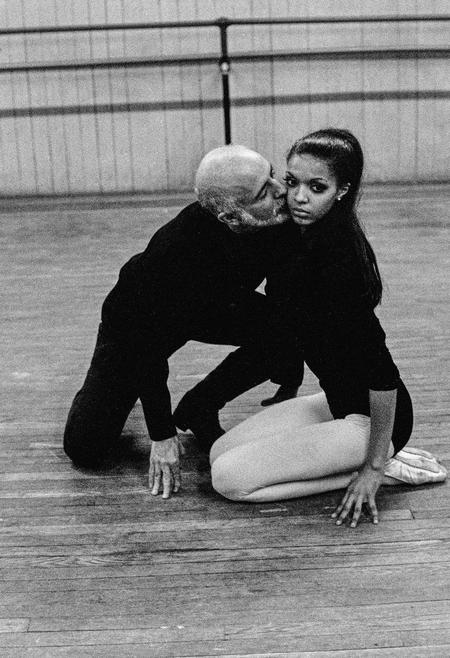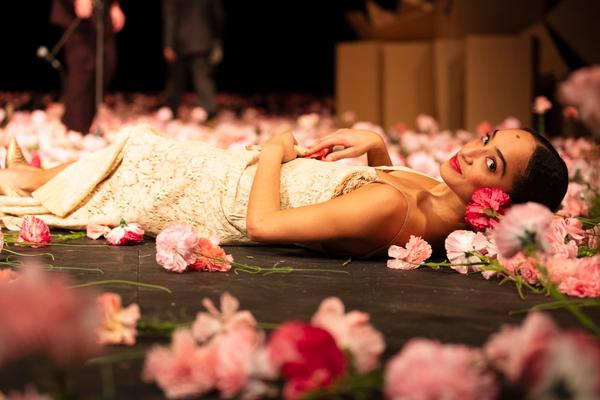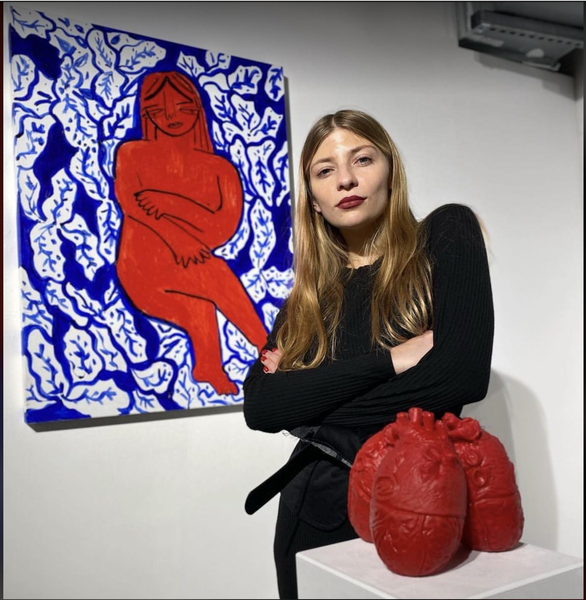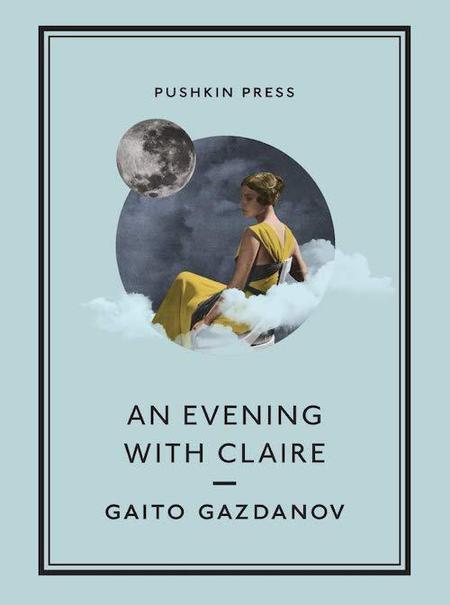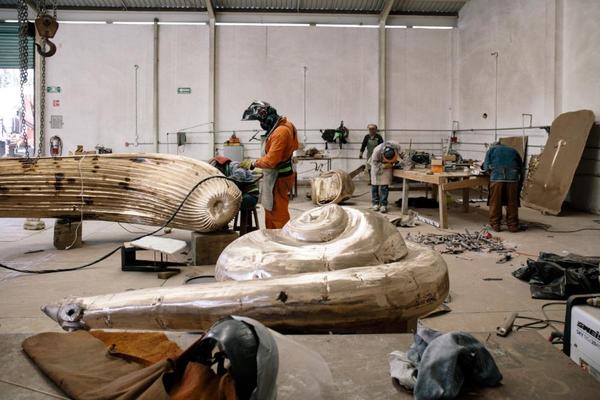
At Kasmin, Sculptor Alma Allen Brings the Ancient Realm Into Manhattan
The American-born, Mexico-based sculptor, who also works in wood and bronze, has long been celebrated for his distinct sculptural works that appear in the permanent collections of LACMA and the Palm Springs Art Museum. Psychologically charged, emitting a life force all of their own, they evoke the presence of archaic monuments.
This week, audiences have one last chance to catch Allen’s most recent show, "Alma Allen," at Kasmin's West 27th Street location in New York. While not exactly ancient,
This week, audiences have one last chance to catch Allen’s most recent show, "Alma Allen," at Kasmin's West 27th Street location in New York. While not exactly ancient,
